Introduction
Color isn’t just a visual element; it’s a powerful communication tool that can influence emotions and perceptions. In custom apparel design, understanding the psychology of color can help create pieces that not only look great but also resonate with your audience. Here we explore how different colors can impact feelings and perceptions and how you can leverage this knowledge to design compelling custom apparel.
Understanding Color Psychology
Color psychology is the study of how hues affect human behavior. Colors can evoke certain feelings and influence the way we perceive different things. This makes color a crucial element in branding and custom apparel design.
The Emotional Impact of Colors
• Red:
Often associated with passion, excitement, and urgency. It can stimulate the appetite and is used in many food brands. In apparel, red can convey confidence and energy.
• Blue:
Known for its calming effects, blue is often linked with trust, peace, and loyalty. It is widely used in corporate designs to promote reliability and professionalism.
• Green:
Symbolizing nature, growth, and tranquility, green is a color that can convey health and harmony. It’s commonly used in eco-friendly and health-related designs.
• Yellow:
A bright and cheerful color, yellow is associated with happiness and energy. It can grab attention quickly but should be used sparingly to avoid overwhelming the viewer.
• Black:
Evoking a sense of sophistication and elegance, black is a versatile color that adds a classic touch to any design. It can also symbolize power and authority.
Applying Color Psychology in Custom Apparel
• Brand Alignment:
Ensure that the colors used in your custom apparel align with your brand’s identity and message. For instance, a health-focused brand might benefit from green hues, while a tech company could use blue to convey trustworthiness.
• Audience Consideration:
Think about your target audience and the emotions you want to evoke. Younger audiences might prefer vibrant and energetic colors, while a professional audience might lean towards more subdued tones.
• Context and Purpose:
The context in which the apparel will be worn can also influence color choices. Sports teams might opt for bold, high-energy colors, while a corporate event might require more neutral and professional tones.
Examples of Successful Color Use
Food and Beverage
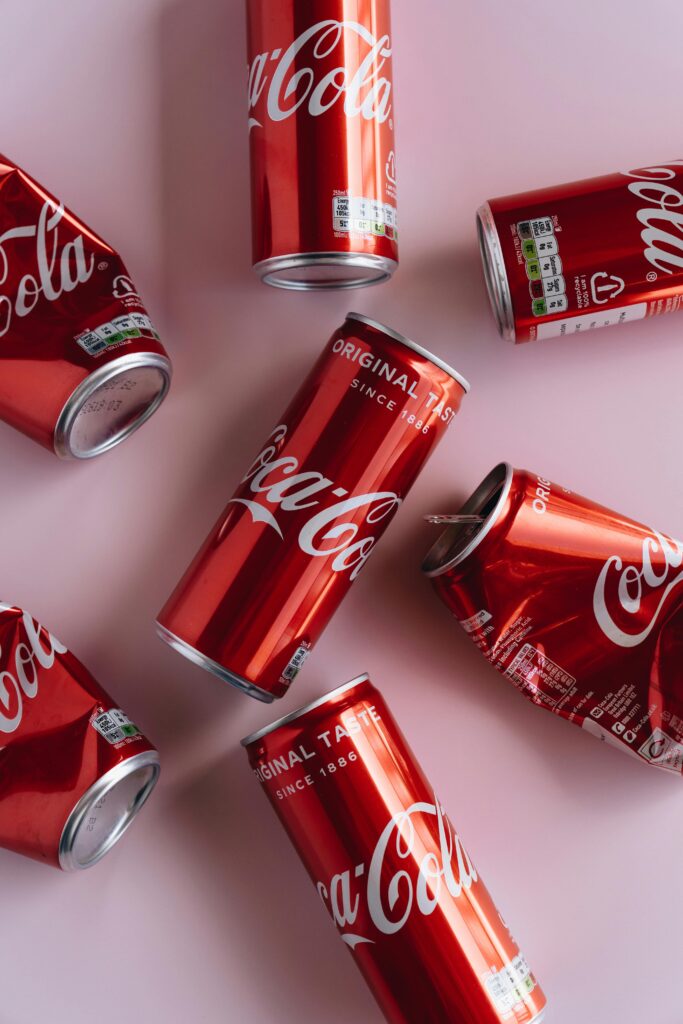
• Red and Yellow: Often used to stimulate appetite and create a sense of urgency. These colors are eye-catching and can encourage quick purchases, making them ideal for fast food and casual dining establishments.
• Green and Yellow: These colors are used to signify freshness and health, aligning well with brands focused on healthy eating and natural ingredients.
• Examples
o McDonald’s: Uses red and yellow to stimulate appetite and create a sense of urgency, encouraging quick purchases.
o Coca-Cola: Red is used to evoke excitement and passion, reinforcing the brand’s dynamic image.
Healthcare
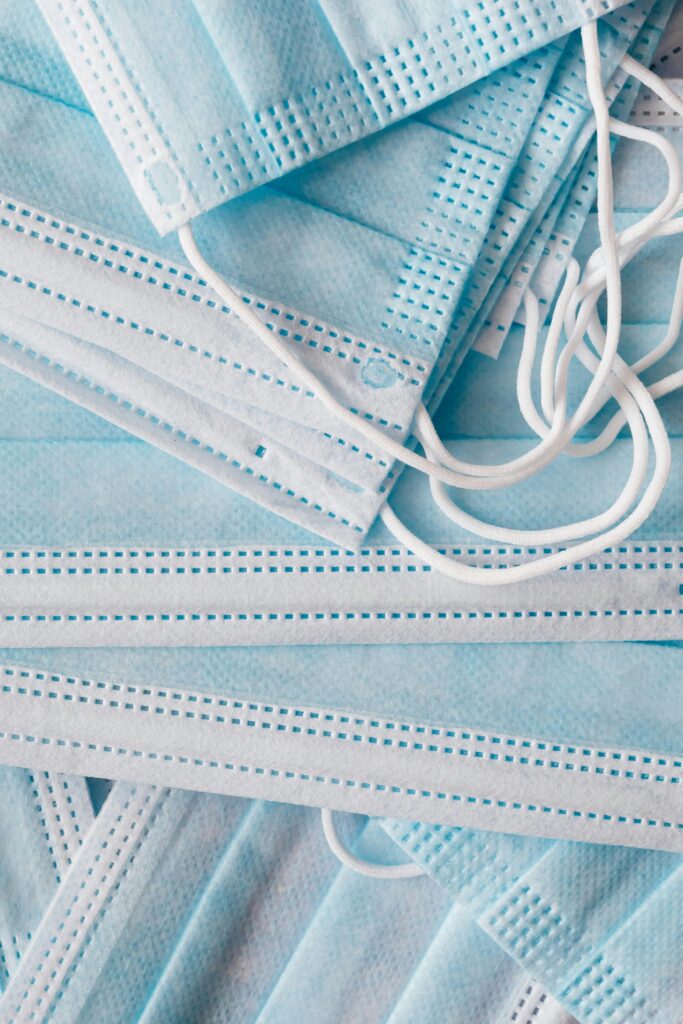
• Blue and White: Blue conveys trust, calmness, and reliability, while white symbolizes cleanliness and care. These colors are essential in creating a sense of security and professionalism in healthcare settings.
• Green and Blue: Used to promote health and tranquility, making them suitable for wellness centers and healthcare products.
• Examples
o Blue Cross Blue Shield: Blue conveys trust, calmness, and reliability, essential traits for a health insurance provider.
o Walgreens: Red is used to grab attention and create a sense of urgency, while white symbolizes cleanliness and care.
Technology
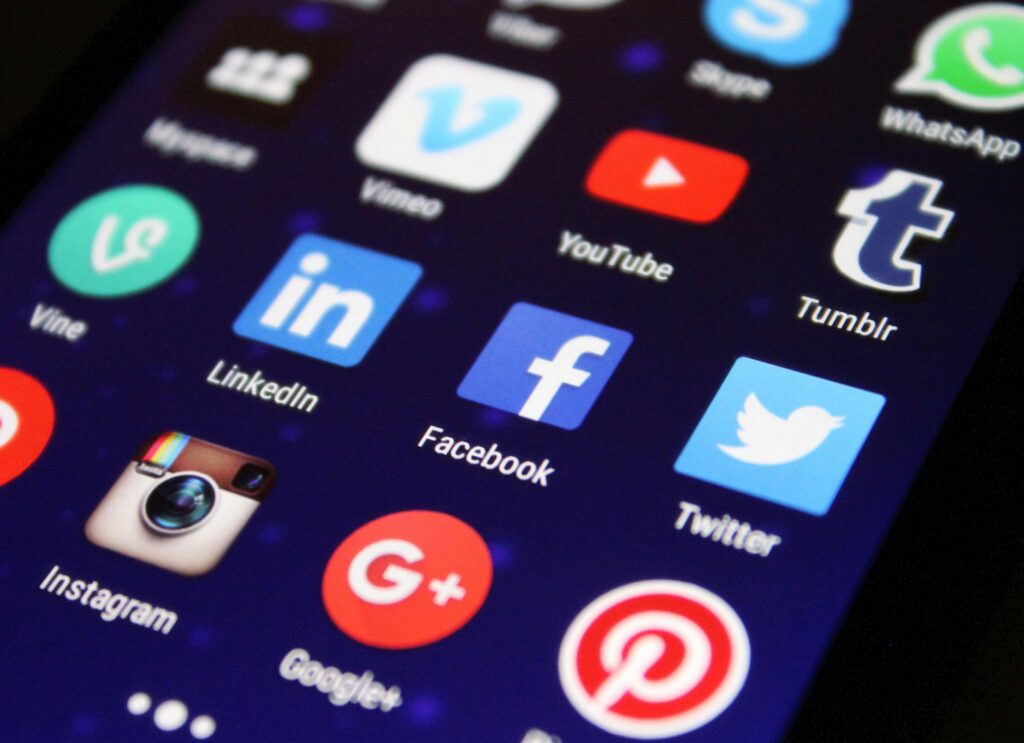
• Blue and Gray: Blue signifies professionalism and reliability, while gray adds a touch of sophistication and neutrality. These colors are common in technology to promote trust and technical expertise.
• Multicolor Palettes: Representing creativity and innovation, diverse color schemes are often used in tech industries to convey a forward-thinking and inclusive approach.
• Examples
o Facebook: Blue is used to evoke trust, dependability, and communication.
o Google: A diverse color palette (red, blue, yellow, green) represents creativity, diversity, and innovation.
Retail
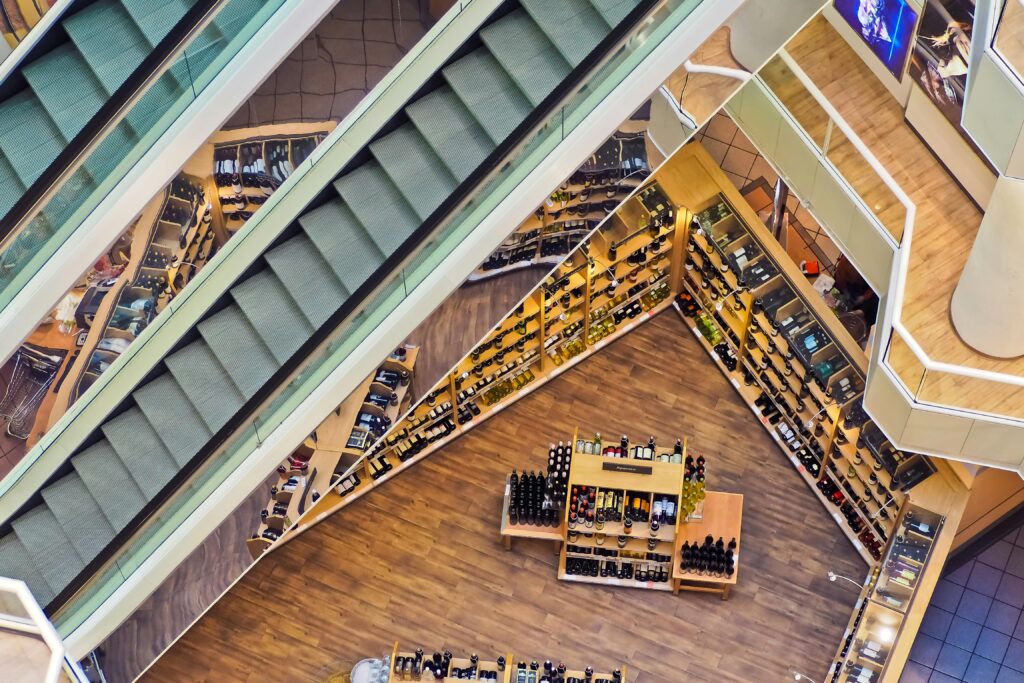
• Red and Orange: Energetic and attention-grabbing, these colors are often used in retail to evoke excitement and encourage impulse buys.
• Blue and Yellow: Blue can create a sense of trust, while yellow adds a cheerful and inviting touch, making them effective in promoting a reliable and friendly shopping experience.
• Examples
o Target: Red is used to evoke energy, excitement, and urgency, encouraging impulse buys.
o Amazon: Orange signifies friendliness, confidence, and affordability.
Finance
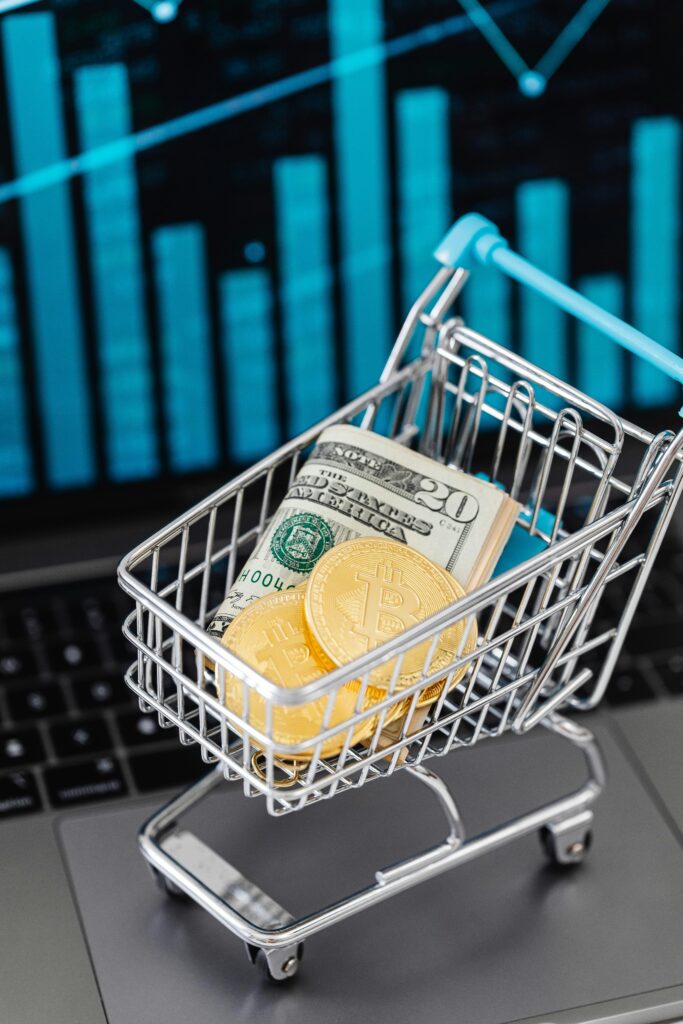
• Blue and Gray: Blue promotes trust and stability, which are crucial for financial institutions. Gray adds a sense of sophistication and seriousness.
• Gold and Green: Gold symbolizes wealth and success, while green is associated with growth and prosperity, making them ideal for investment and banking sectors.
• Examples
o Bank of America: Blue and red are used to signify trust, security, and strength.
o American Express: Blue conveys trust and dependability, essential for a financial services company.
Automotive
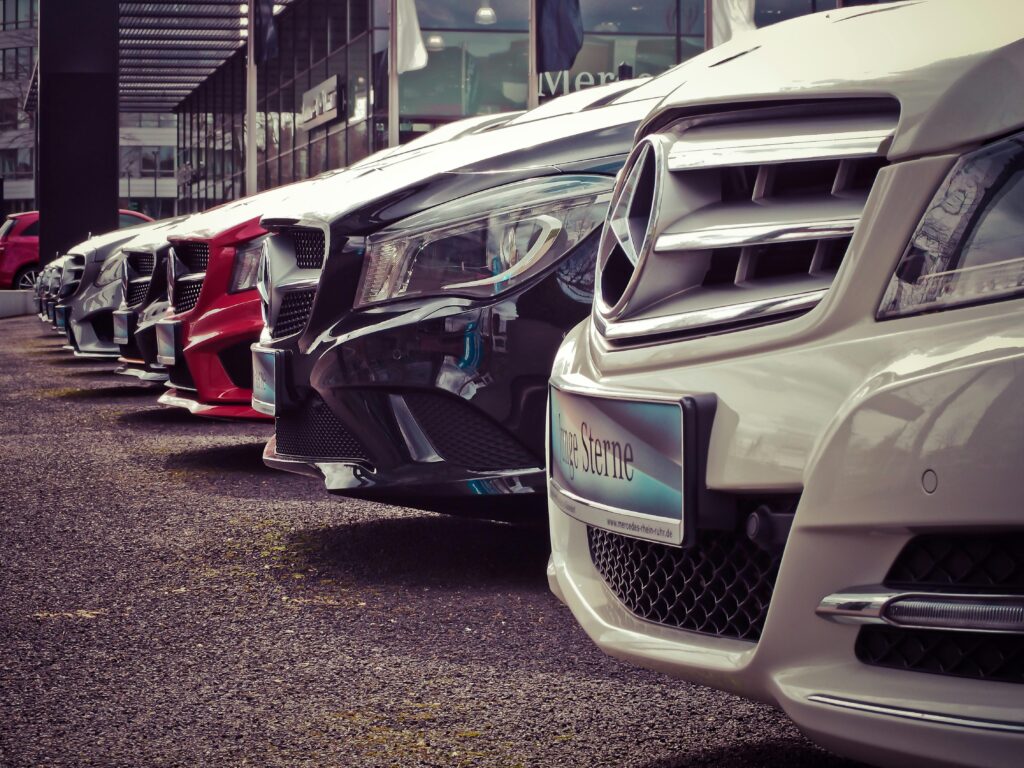
• Red and Black: Red signifies speed and excitement, while black conveys sophistication and luxury. These colors are perfect for promoting high-performance and luxury vehicles.
• Blue and Silver: Blue can evoke trust and reliability, while silver adds a modern and innovative touch, suitable for promoting technological advancements in the automotive industry.
• Examples
o Ferrari: Red represents speed, passion, and excitement.
o BMW: Blue and white signify luxury, trust, and innovation.
Fashion
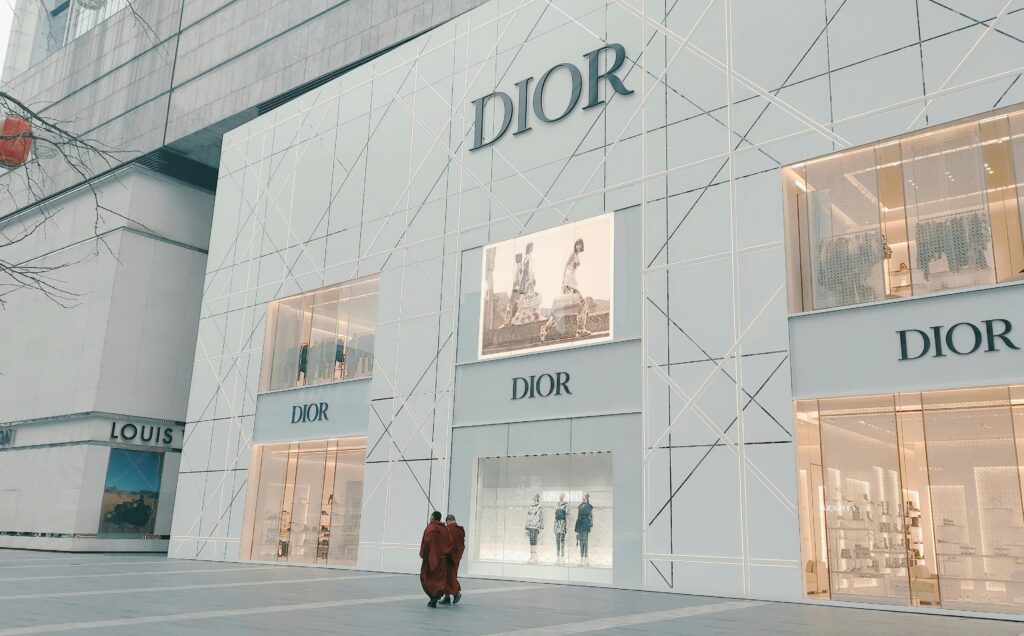
• Black and White: Timeless and elegant, these colors are often used to convey sophistication and high fashion.
• Bold and Vibrant Colors: Used to make a statement and attract attention, vibrant colors can represent creativity and trendsetting in the fashion industry.
• Examples
o Nike: Uses bold colors like red and black to convey strength and athleticism.
o Chanel: Black and white signify sophistication, elegance, and timelessness.
Real Estate
• Blue and White: Blue signifies trust and stability, crucial for real estate firms, while white adds a clean and professional look.
• Black and Gold: Representing luxury and high-end services, these colors are often used in premium real estate markets.
• Examples
o RE/MAX: Red, white, and blue convey trust, reliability, and American values.
o Coldwell Banker: Blue signifies trust, stability, and professionalism.
Travel and Hospitality
• Blue and Gold: Blue promotes calmness and trust, essential for travel and hospitality services, while gold adds a touch of luxury and high-quality service.
• Red and White: Red can evoke warmth and friendliness, while white symbolizes cleanliness and comfort, ideal for hospitality settings.
• Examples
o Hilton Hotels: Blue and gold signify luxury, trust, and high-quality service.
o Airbnb: Red and white evoke warmth, friendliness, and hospitality.
Education

• Blue and White: Blue signifies stability and trust, crucial for educational institutions, while white adds a sense of purity and dedication to learning.
• Crimson and Gold: Representing prestige and excellence, these colors are often used by elite educational institutions.
• Examples
o Harvard University: Crimson symbolizes prestige, tradition, and excellence.
o Stanford University: Cardinal red represents energy, strength, and ambition.
Sports
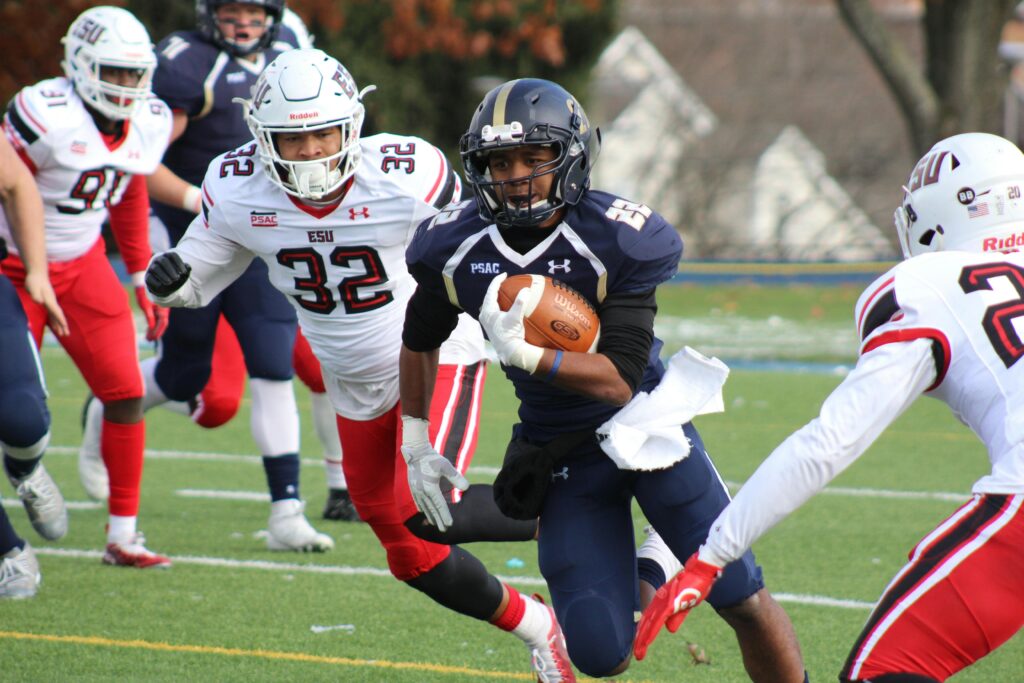
• Bold Primary Colors: Colors like red, blue, and yellow are used to evoke team spirit, energy, and excitement, essential for sports teams and events.
• Black and White: Representing strength and classic athleticism, these colors are often used in sports apparel.
• Examples
o NFL Teams: Various colors are used to evoke team spirit, energy, and excitement.
o Nike: Uses a bold, dynamic color palette to convey energy, athleticism, and performance.
Beauty and Cosmetics
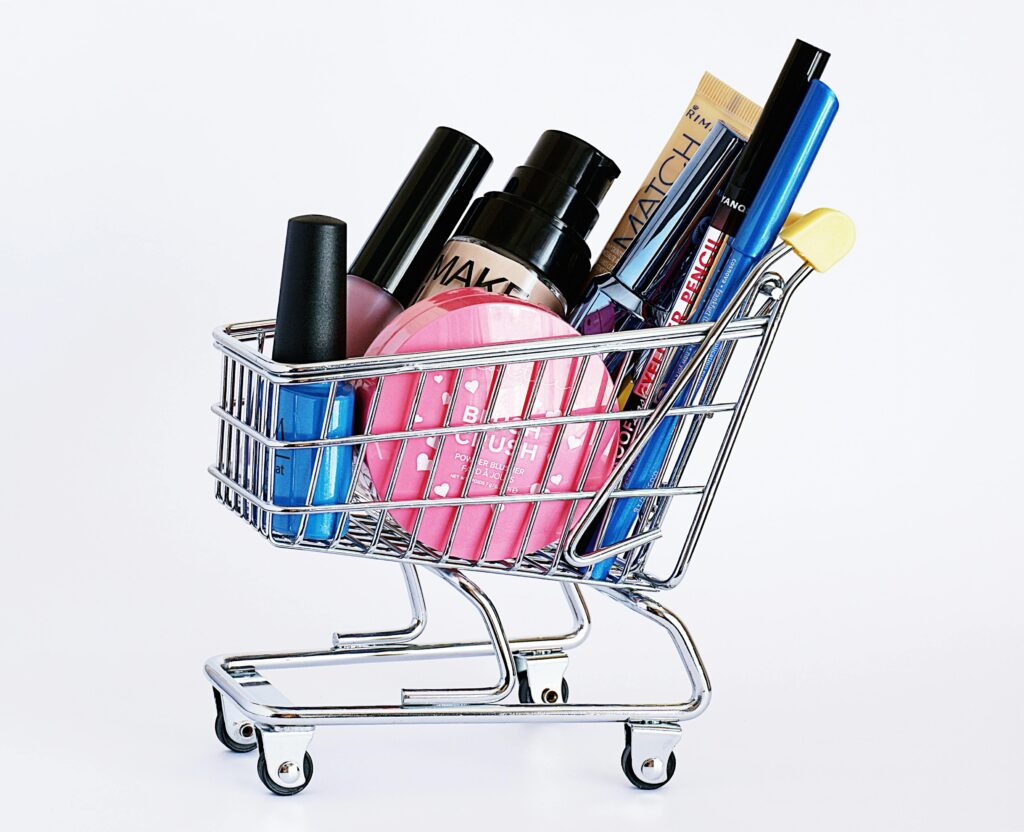
• Black and White: These colors convey luxury, elegance, and sophistication, often used in high-end beauty and cosmetic brands.
• Pink and Gold: Pink symbolizes femininity and beauty, while gold adds a touch of glamour and quality, making them ideal for cosmetic products.
• Examples
o Sephora: Black and white convey luxury, elegance, and sophistication.
o L’Oréal: Uses gold and black to represent luxury, quality, and glamour.
Entertainment
• Red and Black: Red evokes excitement and passion, while black adds sophistication and exclusivity, perfect for entertainment brands and platforms.
• Multicolor Palettes: Used to represent diversity and creativity, multicolor schemes are common in the entertainment industry to attract a broad audience.
• Examples:
o Netflix: Red evokes excitement, passion, and urgency, encouraging binge-watching.
o Disney: Uses a variety of colors to evoke magic, wonder, and childhood nostalgia.
Summary
Color psychology plays a crucial role in custom apparel design. By understanding the emotional impact of different colors and aligning them with your brand and audience, you can create designs that are not only visually appealing but also emotionally engaging. Use this knowledge to your advantage and watch how the right colors can transform your custom apparel into powerful branding tools.
• What emotions do you want your custom apparel to evoke?
• Have you noticed how different colors make you feel in various settings?
• Does this resonate with any brands you admire?
At Blazon, we’re dedicated to helping you harness the power of color to make your custom apparel stand out. Contact us today to learn more!
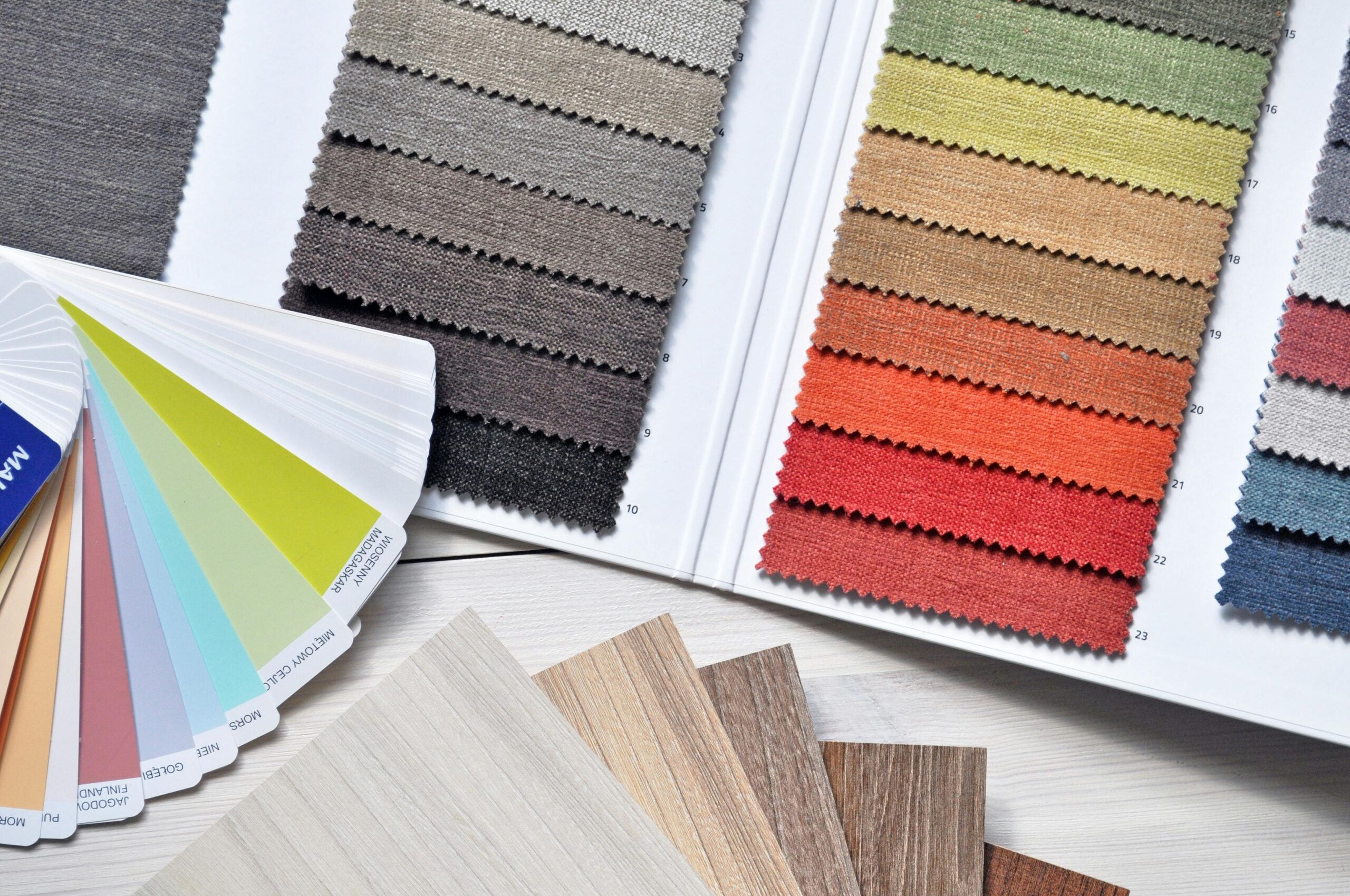
Latest Blogs
The Art of Custom Hat Design: Elevate Your Brand with Blazon’s Expert Techniques and Styles
Chris Stanford
·
Elevate Your Brand with Custom Promotional Products from Blazon Apparel + Print
Kendrick Mundiz
·
Custom Workwear Solutions for Businesses and Construction Companies: Enhance Safety, Comfort, and Brand Image
Kendrick Mundiz
·
The Art of Screen Printing: A Comprehensive Guide
Kendrick Mundiz
·
From Concept to Creation: The Journey of a Custom T-Shirt
Kendrick Mundiz
·
The Benefits of Custom Team Apparel for Sports and School Clubs
Kendrick Mundiz
·